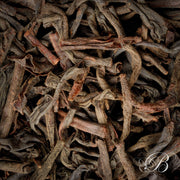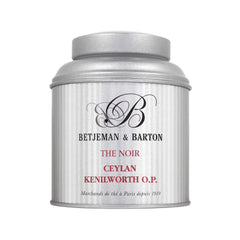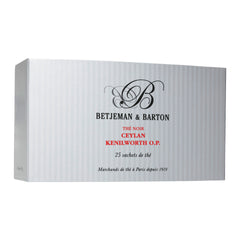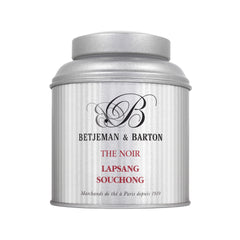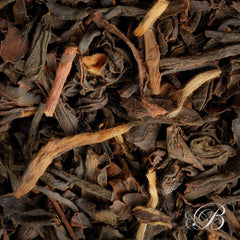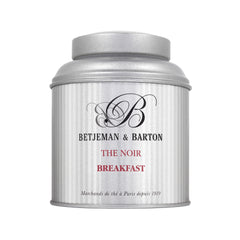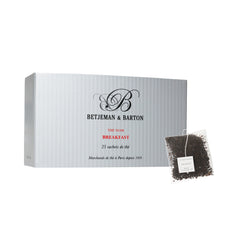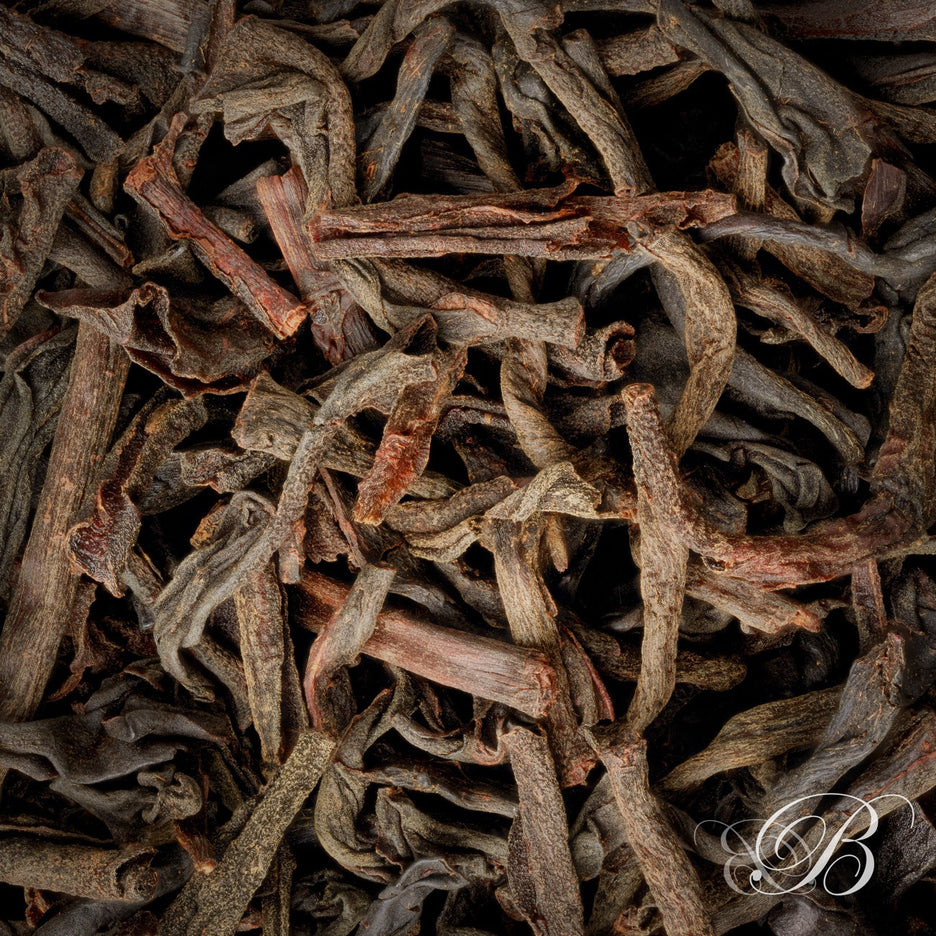
Ceylon Kenilworth O.P
Lightly-bodied Ceylon tea
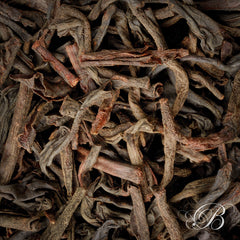
Ceylon Kenilworth O.P
100% secure payment
3 free samples with each order
Fast and free delivery for purchases over €65
- Ceylon tea slightly full-bodied -
This Ceylon tea comes from a plantation situated at the heart of Sri Lanka, at 3 kms South West of Nawalapitiya, at about 600 to 900 metres high. It is one of the rare Ceylon gardens that produces a perfect Orange Pekoe: the leaves are medium size, very regular, homogeneously textured and coloured, and are perfectly rolled.
This black tea offers a cup with the typical taste of Ceylon teas, however without being too full-bodied. Ideal as morning tea.
It was in the heart of the mists of Ceylon, where the hills are covered in an almost liquid green, that the Kenilworth plantation was born in 1880. Its British founders, heirs to an empire in search of renewal, gave it the name of a castle in Warwickshire (Kenilworth Castle) as if to transplant, in the center of the island, a breath of English nobility.
But before it was a tea estate, Kenilworth was a coffee estate. For over half a century, the whole of Sri Lanka lived to the rhythm of the coffee harvests, until coffee rust (Hemileia vastatrix) decimated the plantations. In just a few years, the mountains of Ceylon lost their brown gold, and the British planters had to reinvent themselves. It was then that a visionary Scotsman, James Taylor, planted the first tea plants at Loolecondera in 1867.
It was a silent revolution: where the coffee trees had died out, tea took root. In less than a generation, the island was covered with verdant gardens, including Kenilworth, born from the ashes of coffee at the turn of the century.
Nestled between the mighty arms of the Kelani Ganga and Mahaweli Ganga rivers, at an altitude of 640 meters, Kenilworth stretches out in the cool mid-altitude climate. Neither too high nor too low, this mid-grown terroir embodies the art of balance: a temperate climate, consistent humidity, and mists that caress the leaves at dawn. Here, it rains nearly two hundred days a year, as the two monsoons, from the southwest and the northeast, converge and interact. This interplay of water and wind gives the tea its brilliant, coppery liquor, sometimes with a hint of ripe fruit.
Kenilworth is not a garden, but a living mosaic, composed of five divisions, each a different facet of the same terroir. In the Black Stone division, a small colonial dam still feeds a micro-hydroelectric plant, a vestige of a time when modernity ventured into the jungle. Higher up, in the Gniessrock section, grows a unique clone born from the research of the Tea Research Institute: proof that Kenilworth cultivates the memory of the past while embracing the future.
On a clear day, from the heights of the factory, one can glimpse in the distance the sacred silhouette of Adam's Peak, a mountain of pilgrimage and legend. Kenilworth, too, is a place of passage: from one world to another, from coffee to tea, from colony to culture, from tradition to consciousness. Each leaf tells of this dual heritage, that of industrial England and timeless Sri Lanka, a dialogue of rivers and mists, which is found, intact, in the coppery warmth of a fine porcelain cup.
Food and tea pairings
Lamb curry with Indian spices (cumin, coriander, turmeric, garam masala, and chili) reveals its full complexity with Kenilworth tea. The pairing works through complementarity: the tea's tannins soften the richness of the braised lamb, while its liveliness amplifies the roasted notes of cumin and coriander. The chili's fiery heat finds a soothing counterpoint in the Ceylon tea's rounded, woody character, which also reveals the sweet nuances of turmeric and the aromatic depth of garam masala without ever masking them.
Cocktail made with Kenilworth OP Ceylon black tea
For a sophisticated cocktail, shake 50 ml of white rhum agricole, 25 ml of Kenilworth syrup, and 20 ml of lime juice. Pour over crushed ice, then top with a splash of sparkling water for freshness and to enhance the aromas. Add a dash of blood orange juice and a pinch of cinnamon to intensify the flavor profile. The Kenilworth syrup complements the rum and adds depth. The citrus fruits bring fresh, slightly floral notes to the mix, while the cinnamon prolongs the spicy flavors.
10031
- Ceylon tea slightly full-bodied -
This Ceylon tea comes from a plantation situated at the heart of Sri Lanka, at 3 kms South West of Nawalapitiya, at about 600 to 900 metres high. It is one of the rare Ceylon gardens that produces a perfect Orange Pekoe: the leaves are medium size, very regular, homogeneously textured and coloured, and are perfectly rolled.
This black tea offers a cup with the typical taste of Ceylon teas, however without being too full-bodied. Ideal as morning tea.
It was in the heart of the mists of Ceylon, where the hills are covered in an almost liquid green, that the Kenilworth plantation was born in 1880. Its British founders, heirs to an empire in search of renewal, gave it the name of a castle in Warwickshire (Kenilworth Castle) as if to transplant, in the center of the island, a breath of English nobility.
But before it was a tea estate, Kenilworth was a coffee estate. For over half a century, the whole of Sri Lanka lived to the rhythm of the coffee harvests, until coffee rust (Hemileia vastatrix) decimated the plantations. In just a few years, the mountains of Ceylon lost their brown gold, and the British planters had to reinvent themselves. It was then that a visionary Scotsman, James Taylor, planted the first tea plants at Loolecondera in 1867.
It was a silent revolution: where the coffee trees had died out, tea took root. In less than a generation, the island was covered with verdant gardens, including Kenilworth, born from the ashes of coffee at the turn of the century.
Nestled between the mighty arms of the Kelani Ganga and Mahaweli Ganga rivers, at an altitude of 640 meters, Kenilworth stretches out in the cool mid-altitude climate. Neither too high nor too low, this mid-grown terroir embodies the art of balance: a temperate climate, consistent humidity, and mists that caress the leaves at dawn. Here, it rains nearly two hundred days a year, as the two monsoons, from the southwest and the northeast, converge and interact. This interplay of water and wind gives the tea its brilliant, coppery liquor, sometimes with a hint of ripe fruit.
Kenilworth is not a garden, but a living mosaic, composed of five divisions, each a different facet of the same terroir. In the Black Stone division, a small colonial dam still feeds a micro-hydroelectric plant, a vestige of a time when modernity ventured into the jungle. Higher up, in the Gniessrock section, grows a unique clone born from the research of the Tea Research Institute: proof that Kenilworth cultivates the memory of the past while embracing the future.
On a clear day, from the heights of the factory, one can glimpse in the distance the sacred silhouette of Adam's Peak, a mountain of pilgrimage and legend. Kenilworth, too, is a place of passage: from one world to another, from coffee to tea, from colony to culture, from tradition to consciousness. Each leaf tells of this dual heritage, that of industrial England and timeless Sri Lanka, a dialogue of rivers and mists, which is found, intact, in the coppery warmth of a fine porcelain cup.
10031
The Betjeman & Barton soul supplement
Give in to the call of one of the oldest estates in Ceylon, source of a honeyed, woody liqueur with a strong character.
You may also like
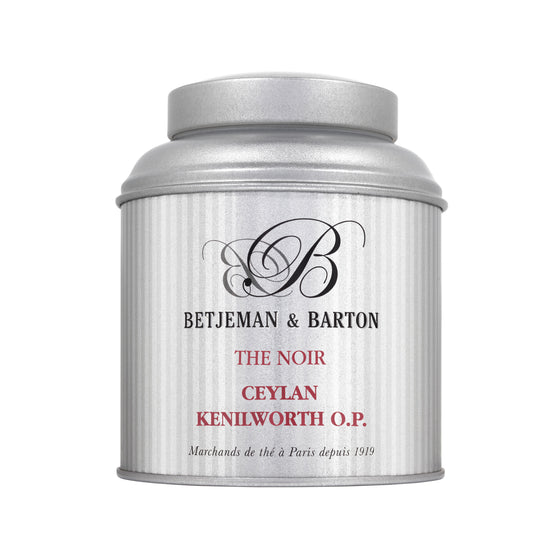
Ceylon Kenilworth (caddy 125g)
Box of slightly full-bodied Ceylon black tea
Add to cart
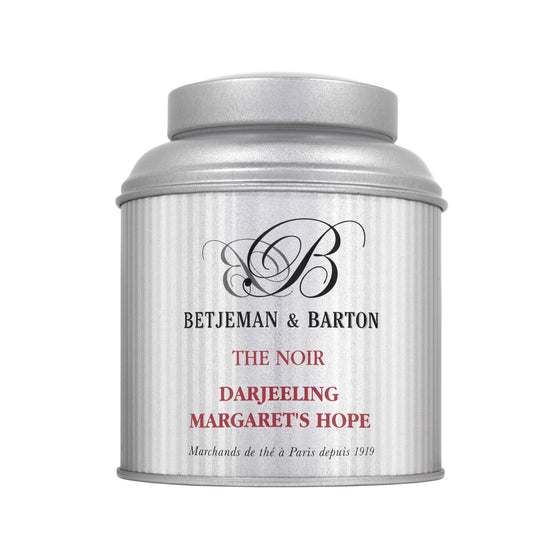
Darjeeling Margaret's Hope (tea caddy)
Box of very aromatic Darjeeling black tea
Add to cart
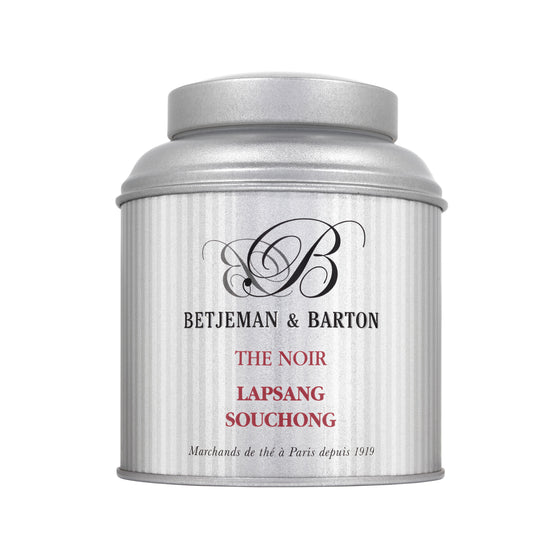
Black tea Lapsang Souchong (tea caddy)
Box of black tea from China with medium smoky notes
Add to cart
Last viewed products
Mon Ceylan favori. J'aime beaucoup de goùt de celui-ci, pas trop corsé mais délicieux. Je le bois souvent en début d'après-midi.
Cher.e client.e,
Un grand merci pour votre avis sur notre Ceylan !
